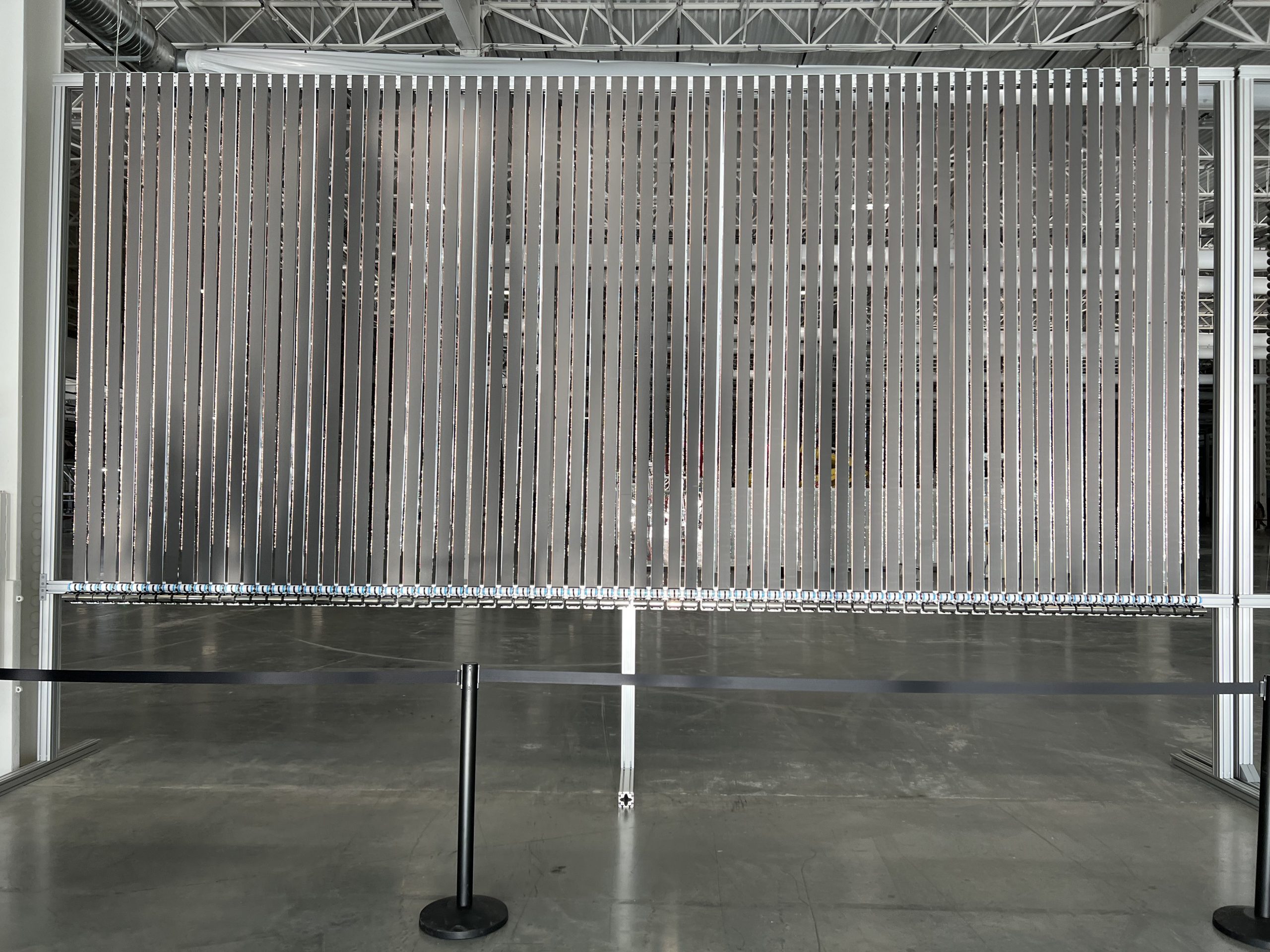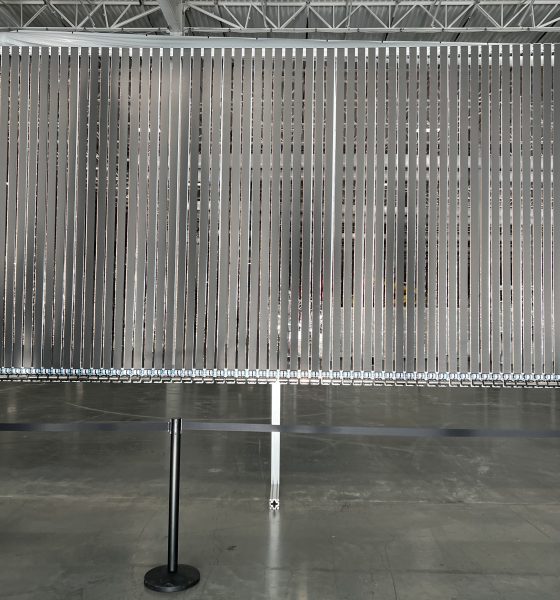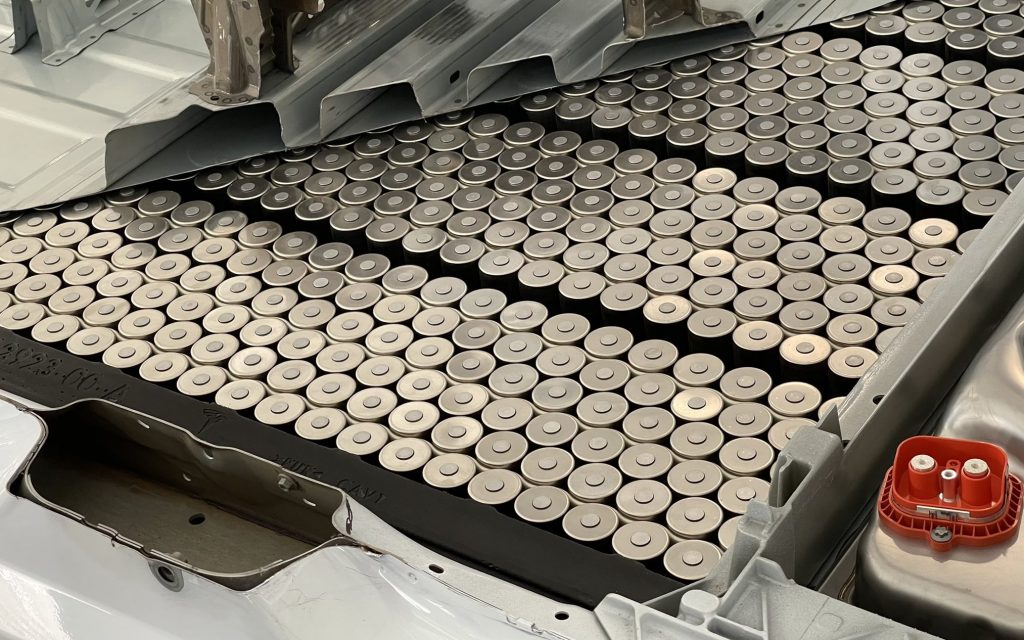

News
Elon Musk to young entrepreneurs: “Do you like minting money? The Lithium business is for you.”
Elon Musk advised young entrepreneurs to get into the Lithium business. During the Q1 2022 live Q&A webcast, Tesla talked about some of the challenges it is still facing, particularly regarding raw materials and logistics.
Musk teased some “exciting announcements” about raw materials later this year. He noted that as Tesla reaches the production level when it makes 10, 15, or 20 million cars per year, it will need to look at the macro tonnage of raw materials it needs. He specifically mentioned the tonnage of Nickel, Graphite, and Lithium Tesla would need to build cars at that level.
He explained that Tesla is thinking of the limiting factors that could affect production in the future and is trying to address them. Currently, Tesla thinks mining and refining Lithium appears to be a limiting factor.

Musk shared that Lithium is responsible for “quite a bit of” cost growth in battery cells, elaborating that it is the “single biggest cost growth” factor for Tesla at the moment. Although, he did clarify that Lithium makes up 2% to 3% of the battery cell or just about 5 kg per car. The cell’s most expensive and heaviest item is the cathode, which is the nickel or iron phosphate part.
“We’re looking carefully at all of the raw materials and trying to figure out how we can accelerate the total amount of raw materials needed to transition the world to sustainability,” Musk said.
Later in the earnings call Musk said: “So, we think we’re going to need to help the industry on this front, but the — I mean, the industry is very fast. And I certainly encourage entrepreneurs out there who are looking for opportunities to get into the lithium business. The lithium margins right now are practically software margins.”
“I mean — correct me if I’m wrong — but I think we’re seeing cases where the spot lithium price is 10 times higher than the cost of extraction. So, like we’re talking 19% margins here. Can more people please get into the lithium business? Do you like minting money? Well, the lithium business is for you,” he advised.
Tesla Price Increases and Raw Material exposure
Tesla CFO Zachary Kirkhorn noted that 10% to 15% of the company’s cost structure is exposed to raw materials.
“We’ve been experiencing increases in costs in general, but also raw materials for a number of quarters now. That pace picked up in Q1, so last quarter. And what we’re seeing for Q2 is slightly higher than that as well,” Kickhorn clarified.
He added that the rising costs do not affect Tesla immediately or directly as the company has prepared somewhat. For example, Tesla has signed several Lithium supply deals with a few different companies, including Core Lithium and Liontown Resources in Australia. Tesla also secured a supply deal with the world’s top Lithium company, China-based Ganfeng Lithium Co Ltd.
Kirkhorn explained that as Tesla’s supply deals expire, there can be a lag as the company renegotiates new contracts. He also shared that some raw material contracts directly reflect raw material prices in some cases.
“And so, to Elon’s point, what we’re trying to do here because it is quite an unprecedented situation of raw material movement and all of these various lags and all this uncertainty around renegotiating contracts is we’re trying to anticipate where things will go and make sure that the pricing that we have in place at the time that the raw material costs increases hit us, that they align, and that the company can remain financially healthy in various scenarios as we look out over the next four quarters,” elaborated Kirkhorn.
The Teslarati team would appreciate hearing from you. If you have any tips, reach out to me at maria@teslarati.com or via Twitter @Writer_01001101.

News
Tesla FSD fleet is nearing 7 billion total miles, including 2.5 billion city miles
As can be seen on Tesla’s official FSD webpage, vehicles equipped with the system have now navigated over 6.99 billion miles.

Tesla’s Full Self-Driving (Supervised) fleet is closing in on almost 7 billion total miles driven, as per data posted by the company on its official FSD webpage.
These figures hint at the massive scale of data fueling Tesla’s rapid FSD improvements, which have been quite notable as of late.
FSD mileage milestones
As can be seen on Tesla’s official FSD webpage, vehicles equipped with the system have now navigated over 6.99 billion miles. Tesla owner and avid FSD tester Whole Mars Catalog also shared a screenshot indicating that from the nearly 7 billion miles traveled by the FSD fleet, more than 2.5 billion miles were driven inside cities.
City miles are particularly valuable for complex urban scenarios like unprotected turns, pedestrian interactions, and traffic lights. This is also the difference-maker for FSD, as only complex solutions, such as Waymo’s self-driving taxis, operate similarly on inner-city streets. And even then, incidents such as the San Francisco blackouts have proven challenging for sensor-rich vehicles like Waymos.
Tesla’s data edge
Tesla has a number of advantages in the autonomous vehicle sector, one of which is the size of its fleet and the number of vehicles training FSD on real-world roads. Tesla’s nearly 7 billion FSD miles then allow the company to roll out updates that make its vehicles behave like they are being driven by experienced drivers, even if they are operating on their own.
So notable are Tesla’s improvements to FSD that NVIDIA Director of Robotics Jim Fan, after experiencing FSD v14, noted that the system is the first AI that passes what he described as a “Physical Turing Test.”
“Despite knowing exactly how robot learning works, I still find it magical watching the steering wheel turn by itself. First it feels surreal, next it becomes routine. Then, like the smartphone, taking it away actively hurts. This is how humanity gets rewired and glued to god-like technologies,” Fan wrote in a post on X.
News
Tesla starts showing how FSD will change lives in Europe
Local officials tested the system on narrow country roads and were impressed by FSD’s smooth, human-like driving, with some calling the service a game-changer for everyday life in areas that are far from urban centers.

Tesla has launched Europe’s first public shuttle service using Full Self-Driving (Supervised) in the rural Eifelkreis Bitburg-Prüm region of Germany, demonstrating how the technology can restore independence and mobility for people who struggle with limited transport options.
Local officials tested the system on narrow country roads and were impressed by FSD’s smooth, human-like driving, with some calling the service a game-changer for everyday life in areas that are far from urban centers.
Officials see real impact on rural residents
Arzfeld Mayor Johannes Kuhl and District Administrator Andreas Kruppert personally tested the Tesla shuttle service. This allowed them to see just how well FSD navigated winding lanes and rural roads confidently. Kruppert said, “Autonomous driving sounds like science fiction to many, but we simply see here that it works totally well in rural regions too.” Kuhl, for his part, also noted that FSD “feels like a very experienced driver.”
The pilot complements the area’s “Citizen Bus” program, which provides on-demand rides for elderly residents who can no longer drive themselves. Tesla Europe shared a video of a demonstration of the service, highlighting how FSD gives people their freedom back, even in places where public transport is not as prevalent.
What the Ministry for Economic Affairs and Transport says
Rhineland-Palatinate’s Minister Daniela Schmitt supported the project, praising the collaboration that made this “first of its kind in Europe” possible. As per the ministry, the rural rollout for the service shows FSD’s potential beyond major cities, and it delivers tangible benefits like grocery runs, doctor visits, and social connections for isolated residents.
“Reliable and flexible mobility is especially vital in rural areas. With the launch of a shuttle service using self-driving vehicles (FSD supervised) by Tesla in the Eifelkreis Bitburg-Prüm, an innovative pilot project is now getting underway that complements local community bus services. It is the first project of its kind in Europe.
“The result is a real gain for rural mobility: greater accessibility, more flexibility and tangible benefits for everyday life. A strong signal for innovation, cooperation and future-oriented mobility beyond urban centers,” the ministry wrote in a LinkedIn post.
News
Tesla China quietly posts Robotaxi-related job listing
Tesla China is currently seeking a Low Voltage Electrical Engineer to work on circuit board design for the company’s autonomous vehicles.

Tesla has posted a new job listing in Shanghai explicitly tied to its Robotaxi program, fueling speculation that the company is preparing to launch its dedicated autonomous ride-hailing service in China.
As noted in the listing, Tesla China is currently seeking a Low Voltage Electrical Engineer to work on circuit board design for the company’s autonomous vehicles.
Robotaxi-specific role
The listing, which was shared on social media platform X by industry watcher @tslaming, suggested that Tesla China is looking to fill the role urgently. The job listing itself specifically mentions that the person hired for the role will be working on the Low Voltage Hardware team, which would design the circuit boards that would serve as the nervous system of the Robotaxi.
Key tasks for the role, as indicated in the job listing, include collaboration with PCB layout, firmware, mechanical, program management, and validation teams, among other responsibilities. The role is based in Shanghai.
China Robotaxi launch
China represents a massive potential market for robotaxis, with its dense urban centers and supportive policies in select cities. Tesla has limited permission to roll out FSD in the country, though despite this, its vehicles have been hailed as among the best in the market when it comes to autonomous features. So far, at least, it appears that China supports Tesla’s FSD and Robotaxi rollout.
This was hinted at in November, when Tesla brought the Cybercab to the 8th China International Import Expo (CIIE) in Shanghai, marking the first time that the autonomous two-seater was brought to the Asia-Pacific region. The vehicle, despite not having a release date in China, received a significant amount of interest among the event’s attendees.








